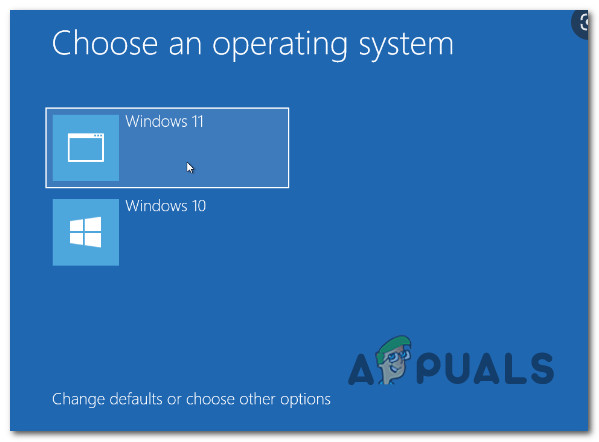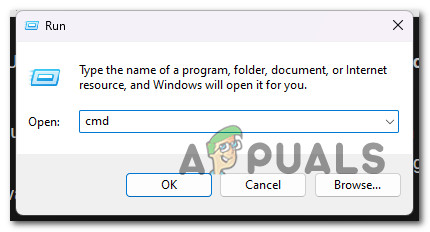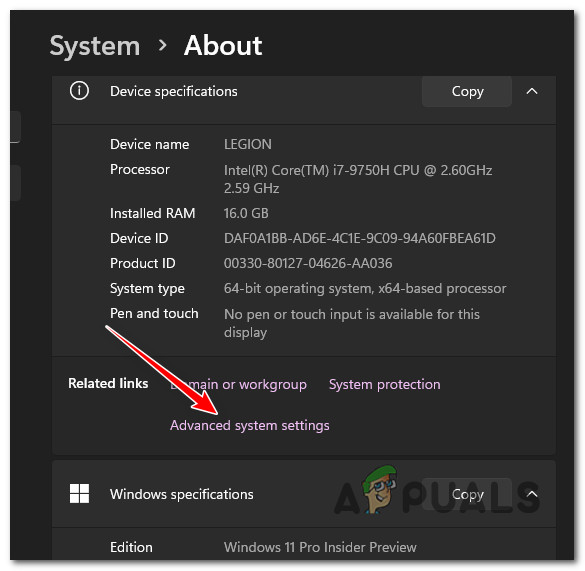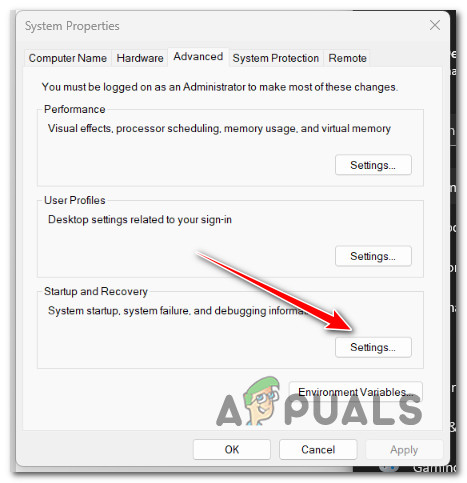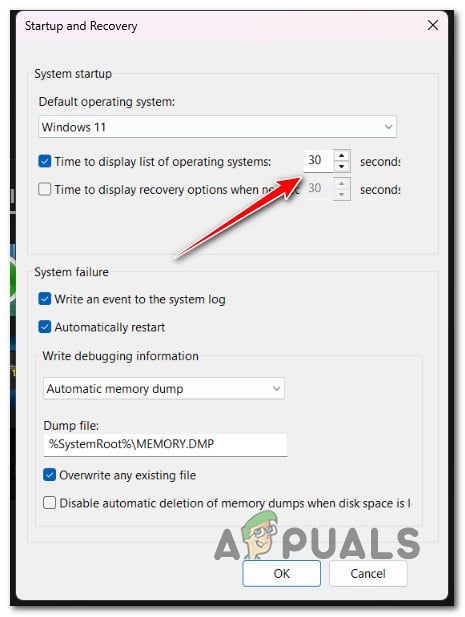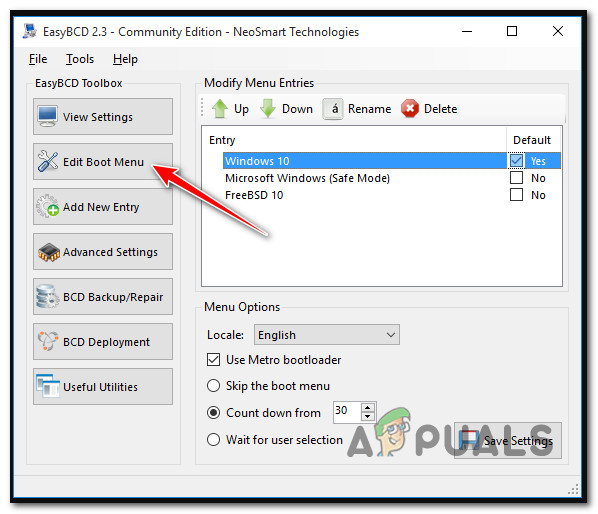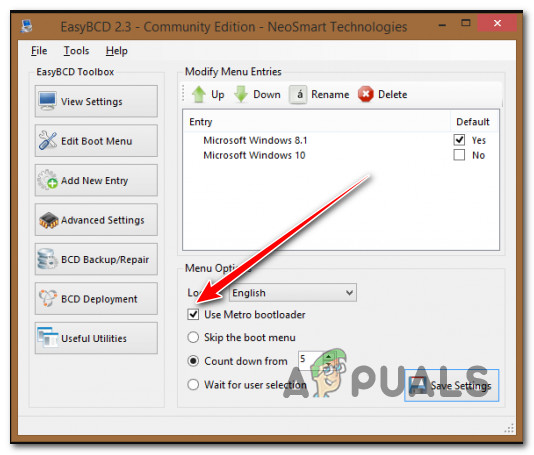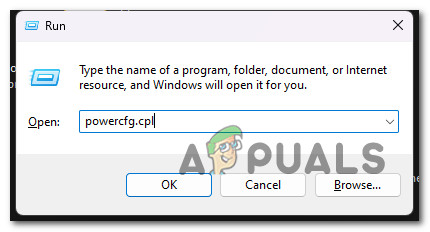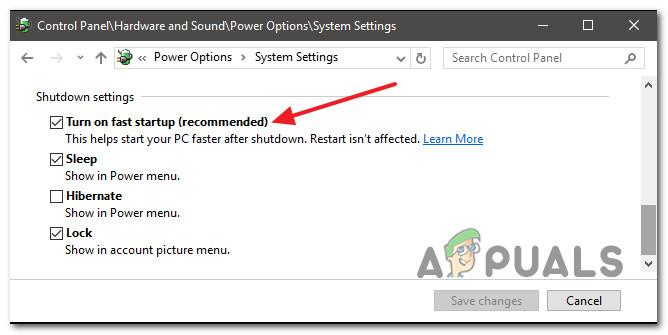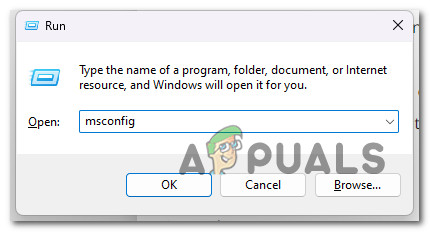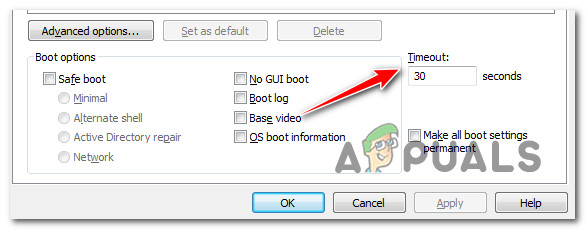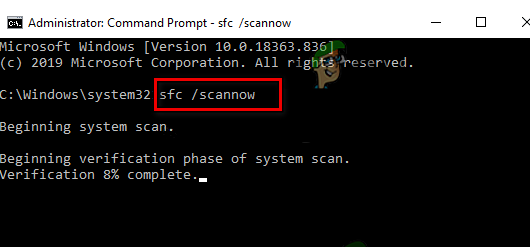After investigating this particular issue thoroughly, it turns out that there are several common scenarios that might spawn this error. Here’s a list of culprits that you should troubleshoot when attempting to fix this issue on Windows 11 or Windows 10: Now that we have gone over every potential reason why the dual boot menu doesn’t appear when you boot up your PC (after successfully setting up dual booting on your PC) follow the methods below to troubleshoot the issue. Note: All the potential fixes below assume that you already have configured a dual boot environment (Windows 10 and 11). If you’re looking for specific instructions on how to do this, follow these steps.
1. Enable the Boot menu via CMD
The most common cause of why you might expect to deal with this issue is a scenario where the multi-boot menu is disabled. If you are sure that the dual boot environment was set up correctly, you should first use an elevated CMD Prompt to check if the boot menu is enabled. Note: If the dual boot menu is disabled, the boot sequence will automatically boot from the default OS instead of allowing you to select from the available boot options. If you’re not sure whether the boot menu is enabled on your Windows environment, follow the instructions below for specific instructions on how to enable it: If this method didn’t work for you or the dual boot menu was already activated in your case, move down to the following method below.
2. Re-configure the Startup & Recovery menu
Another reason why you might expect to see this problem is a scenario where the timeframe in which the dual boot menu is displayed is too small for you to see it. If you briefly see the menu but don’t have time to select anything before the default option kicks in, this method will help you change this behavior. The Advanced System Settings pane in Windows 10 and Windows 11 gives you the option to pick the operating system that will launch automatically when the computer starts up. It can display a list of operating systems and recovery alternatives during a restart. By configuring these settings, you may be able to restore a dual boot option that has been removed from Windows 10 or 11. Note: This method involves accessing the Advanced system settings menu (under the About tab) and modifying the Time to display list of operating systems to 30 seconds or more. If you still aren’t given the option to select between your available operating systems, move down to the following method below.
3. Re-Configure the Boot Manager (using EASYBCD)
The bcdedit command featured in the first method does not always function correctly. Either it is unable to launch the boot menu, or it continues to be inoperable even after displaying the notification that it was successful. When faced with a scenario such as this, you can use a third-party tool known as EasyBCD to create a boot entry. Note: EasyBCD is a simple tool that runs on the Windows platform and is available for free in personal and non-business settings. If you don’t mind using a 3rd party tool, follow the instructions below to reconfigure the boot manager using EasyBCD:
4. Disable Windows Fast Startup
The Windows 10 feature known as “Fast Startup” makes it possible for you to start your computer once it has been shut down quickly. When turned on, it will store your operating system in a hibernation file, making booting up much quicker. It is a valuable function on older computers, especially if your system takes all the time in the world to restart, which is one of the situations in which this feature comes in handy. However, it has certain downsides as well. Windows will lock the installation disk if the Fast Startup option is selected. Consequently, Windows cannot identify the operating system on a computer set up to dual-boot. If you suspect that the fast startup functionality is causing this behavior, follow the instructions below to disable it: Note: This method is confirmed to be effective on both Windows 10 and Windows 11. If the same problem still occurs, move to the following method below.
5. Use the System Configuration tool
If customizing the Startup and Recovery option does not produce the desired results, you may use the System Configuration tool to modify the boot menu. You can control and choose your preferred operating system (OS) in a dual boot configuration and set a timeout for the boot menu. To configure the boot menu with the use of the tool for system configuration, follow these steps:
6. Deploy DISM & SFC scans
If you’ve come to this stage and still haven’t found a practical solution, you should investigate the possibility that your dual boot configuration has been negatively impacted by system file corruption. Unless you want to go the third-party route, it would be prudent to use a few built-in tools (SFC and DISM). Note: These two built-in tools can be used to resolve system file corruption that may prevent your OS from addressing dependencies used by Windows Update. The most common sorts of corruption that might cause this kind of issue can be fixed by the two built-in tools, System File Checker and Deployment Image Servicing and Management. The best place to begin is with a System File Checker scan because it can be done without an ongoing internet connection. Note: System File Checker uses a locally stored cache to swap broken system file components with functional ones. To avoid making any further logical errors, this process shouldn’t be halted until it’s finished. If you’re using an outdated HDD rather than a more modern SSD, this process might take up to an hour or more, depending on your read and write speeds. Important: Do not close the window before the real-time tracking has resumed if the System File Checker scan in your case, temporarily stalls while running. Once the SFC scan is complete, restart your computer to see whether the voice mixer issue has been fixed. If the problem is still there, run a DISM scan. Before starting this process, take note: Since DISM uses a portion of Windows Update to replace corrupted files with equivalents free of corruption, make sure your Internet connection is steady. After doing the SFC and DISM checks, restart your computer to see whether the dual boot issues have been resolved.
How to Create a Dual Boot for Windows and UbuntuHow to Dual Boot ROMs on Galaxy S8 and Note 8 SeriesHow to Dual Boot Windows 11 with Windows 10?How to: Dual Boot Windows 10 with 7 or 8
